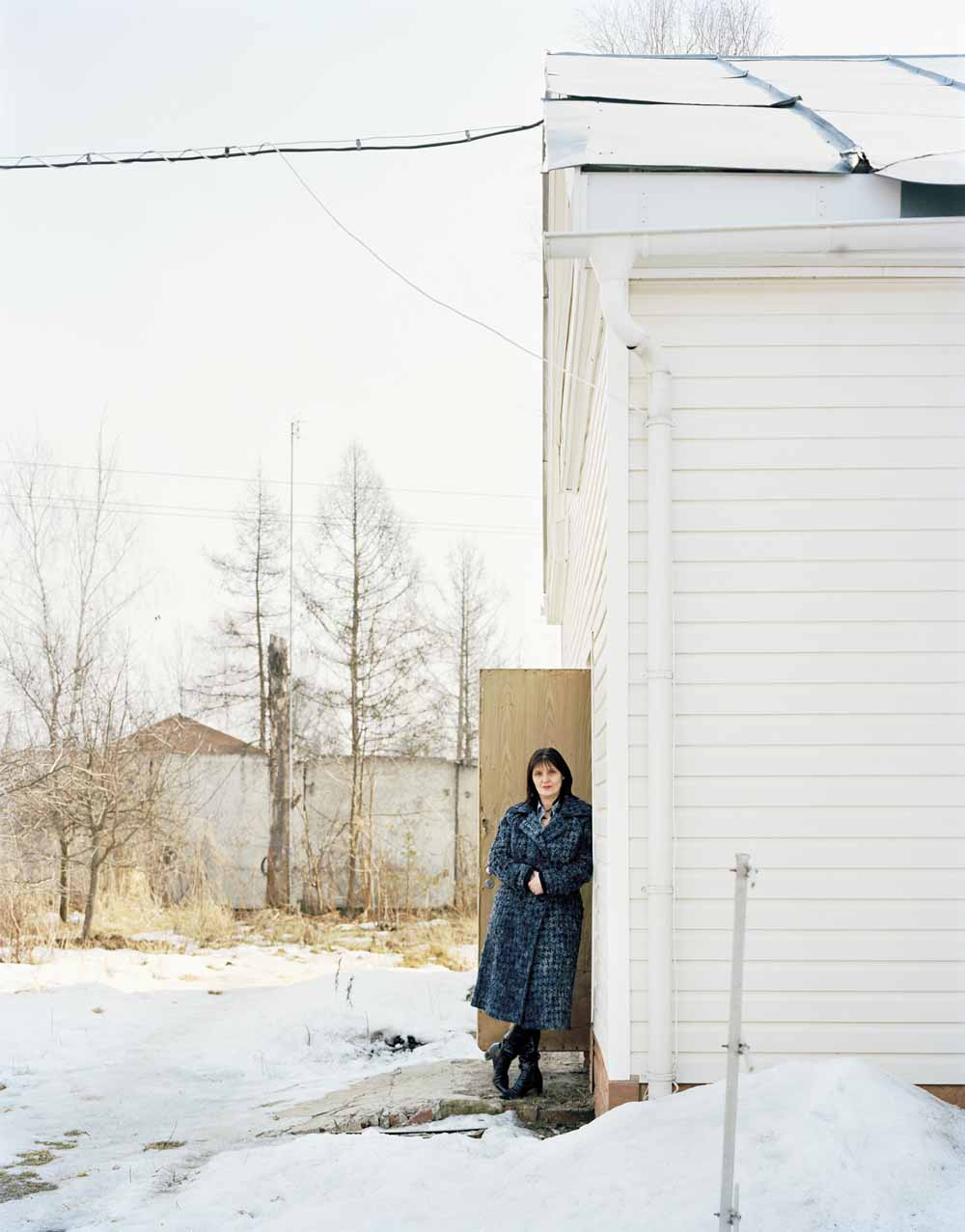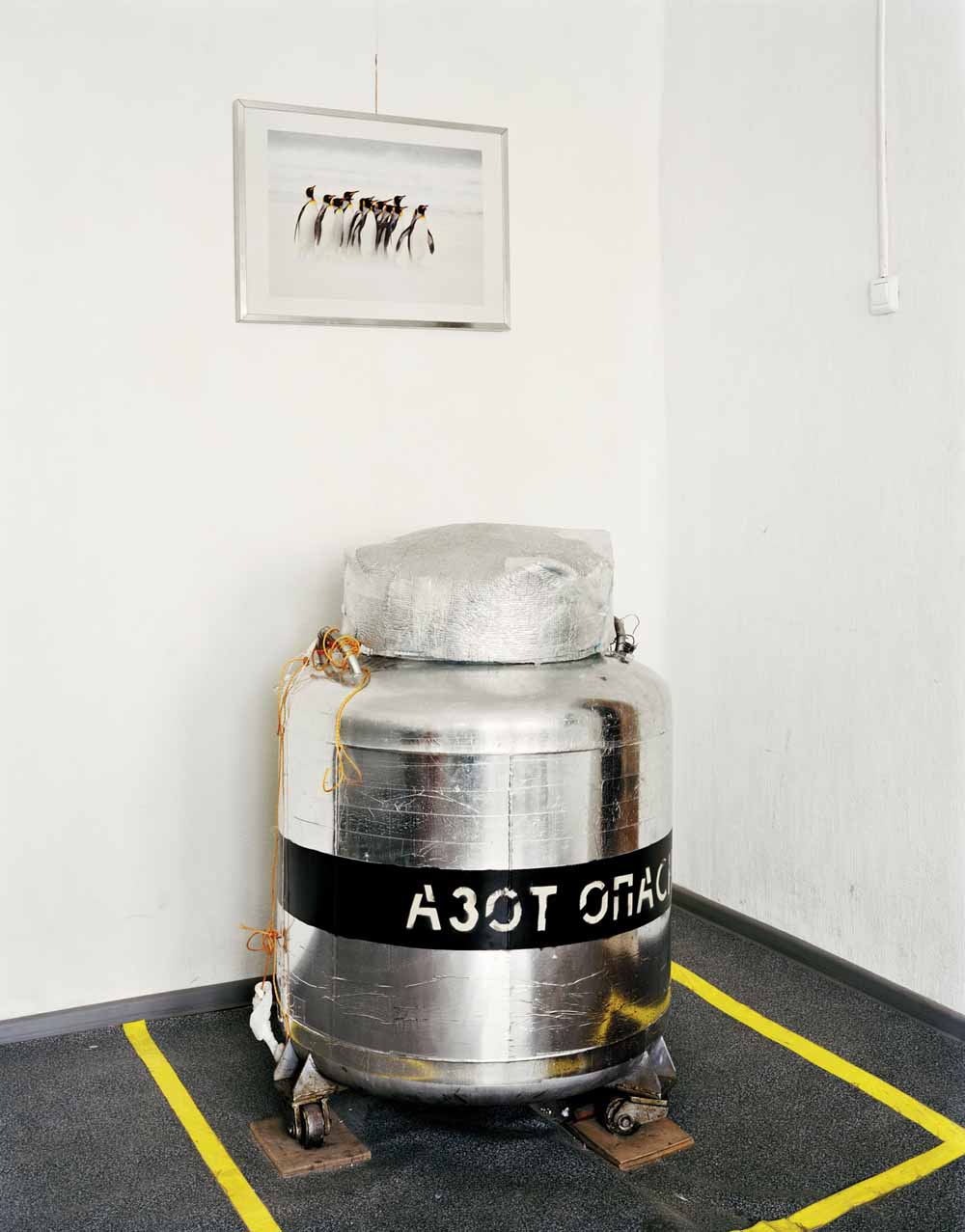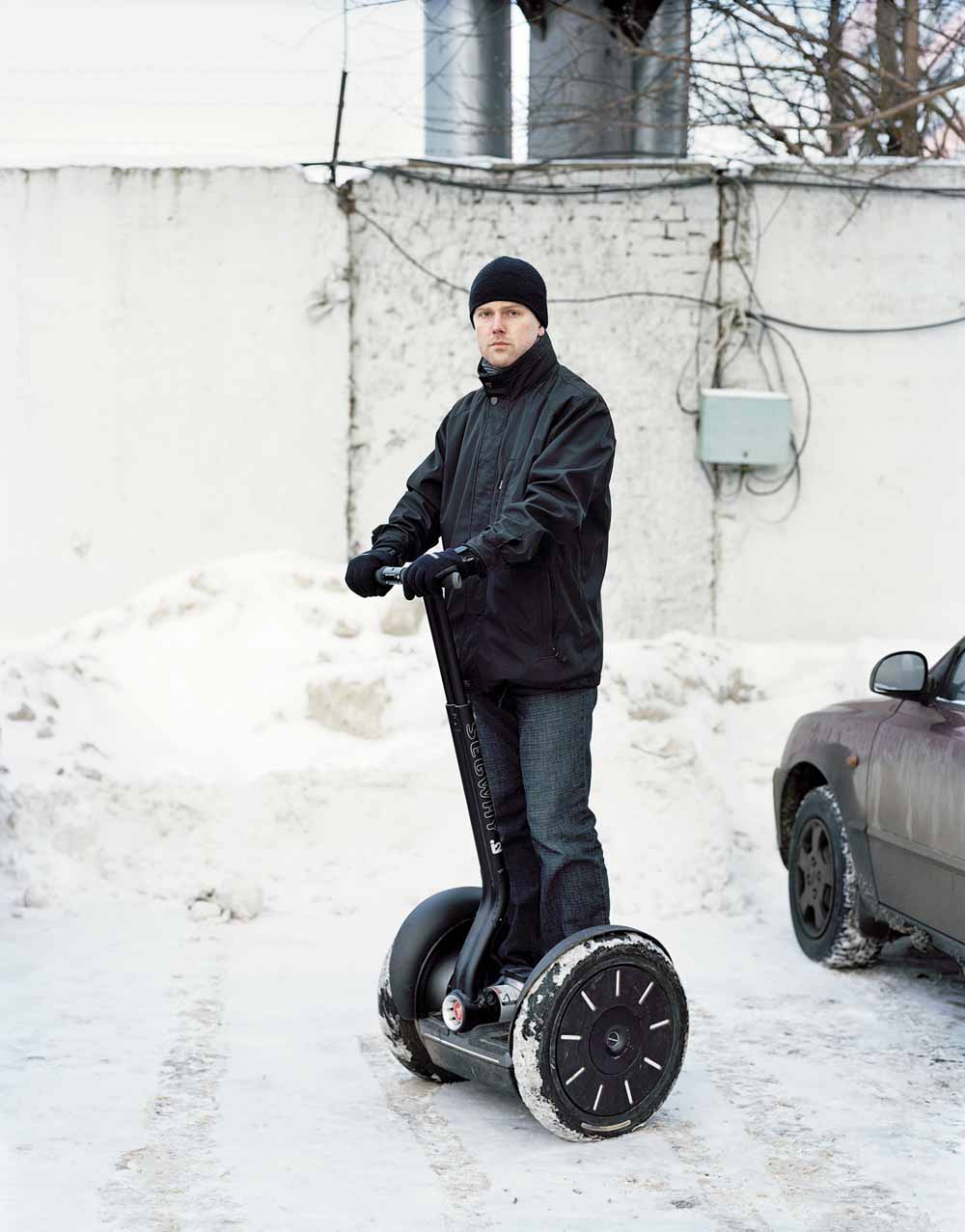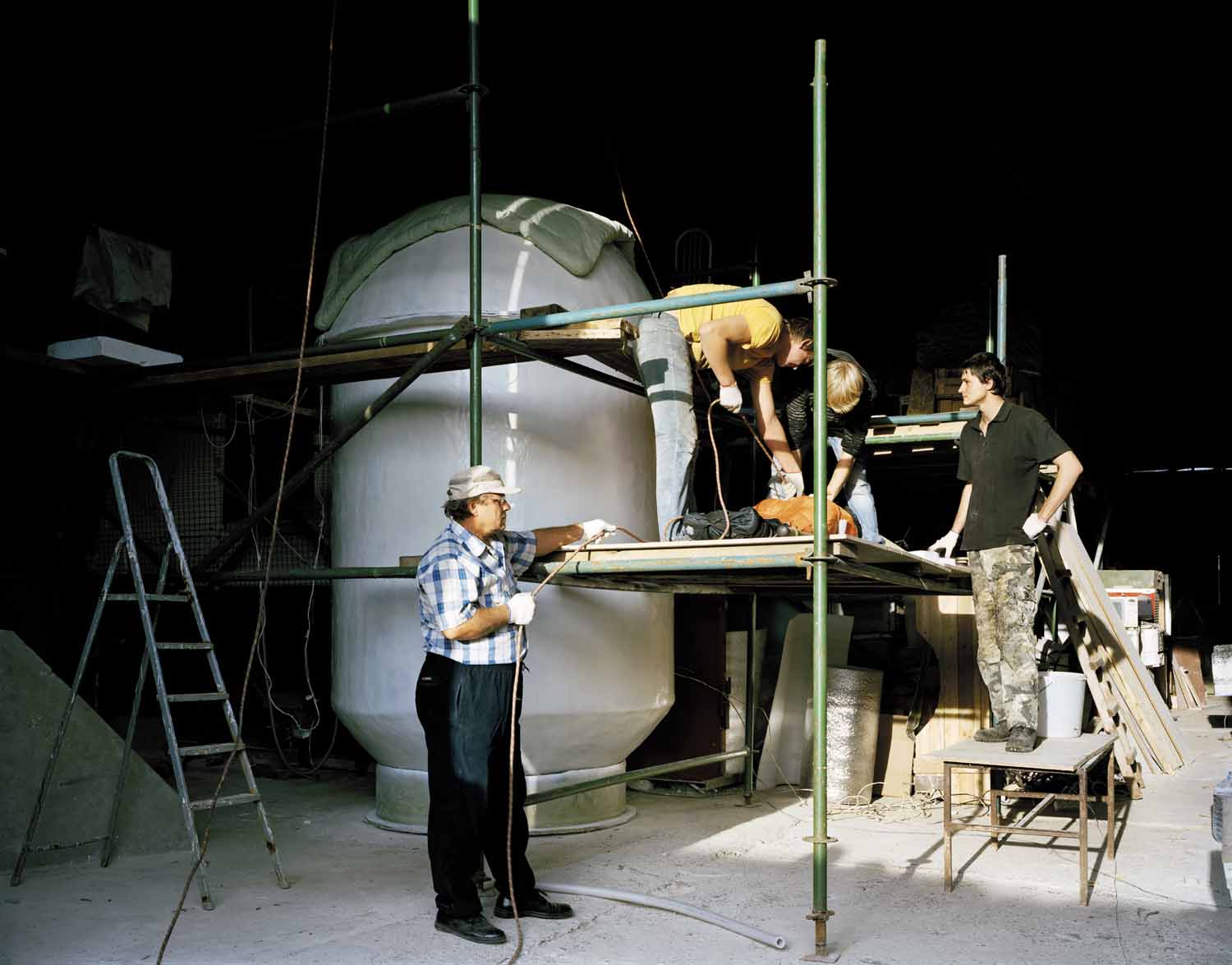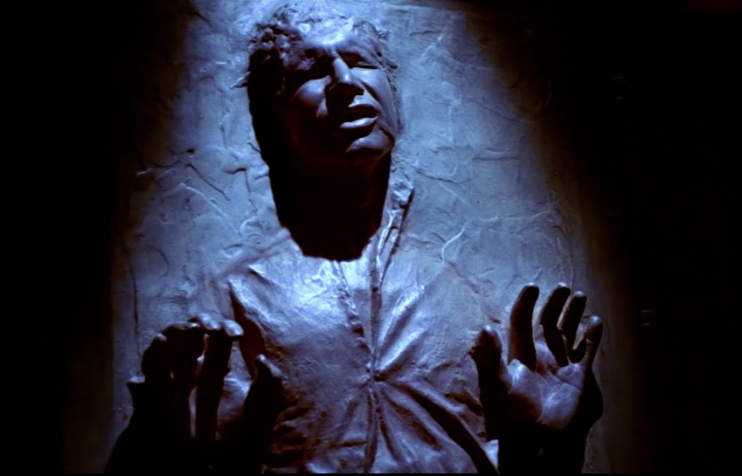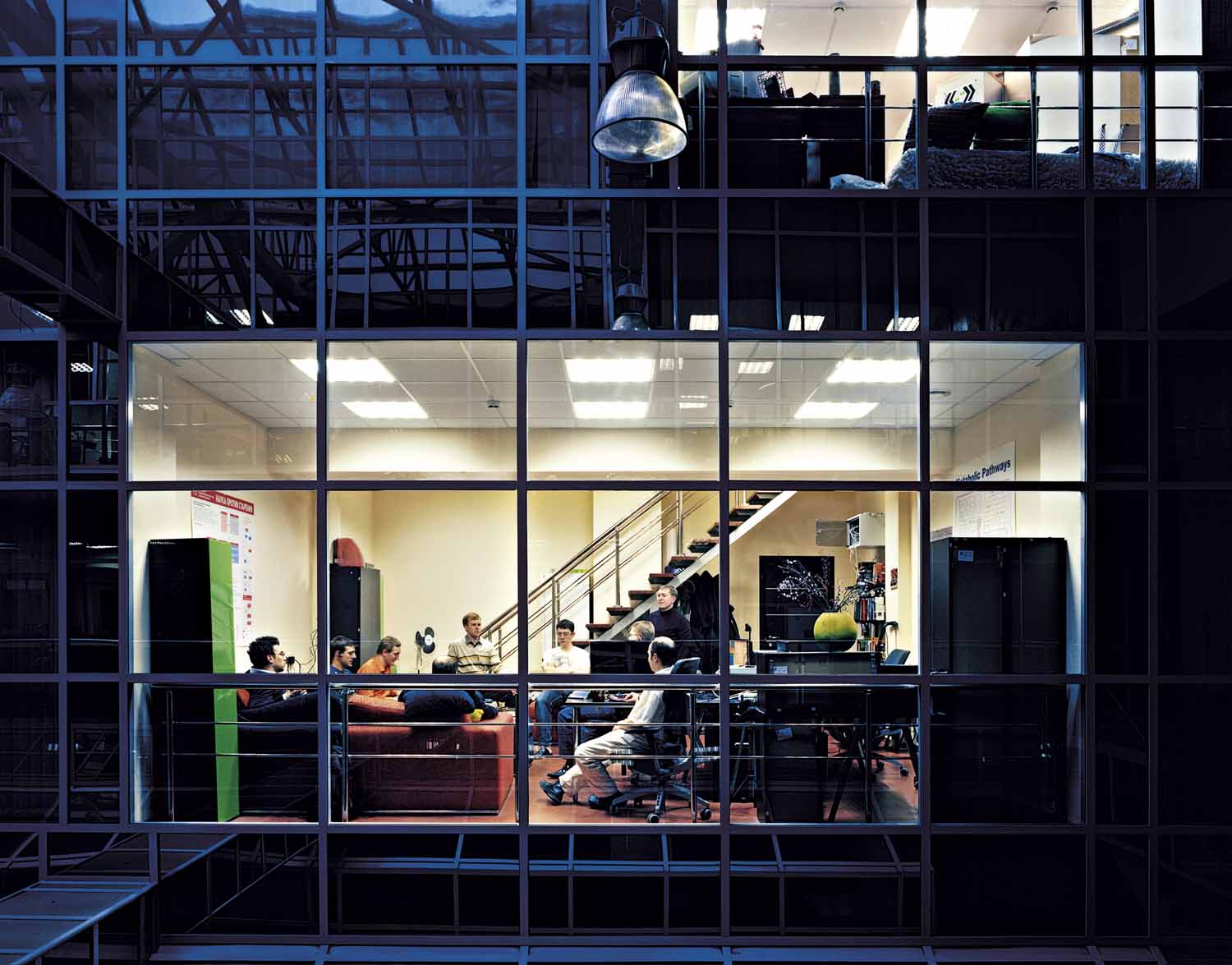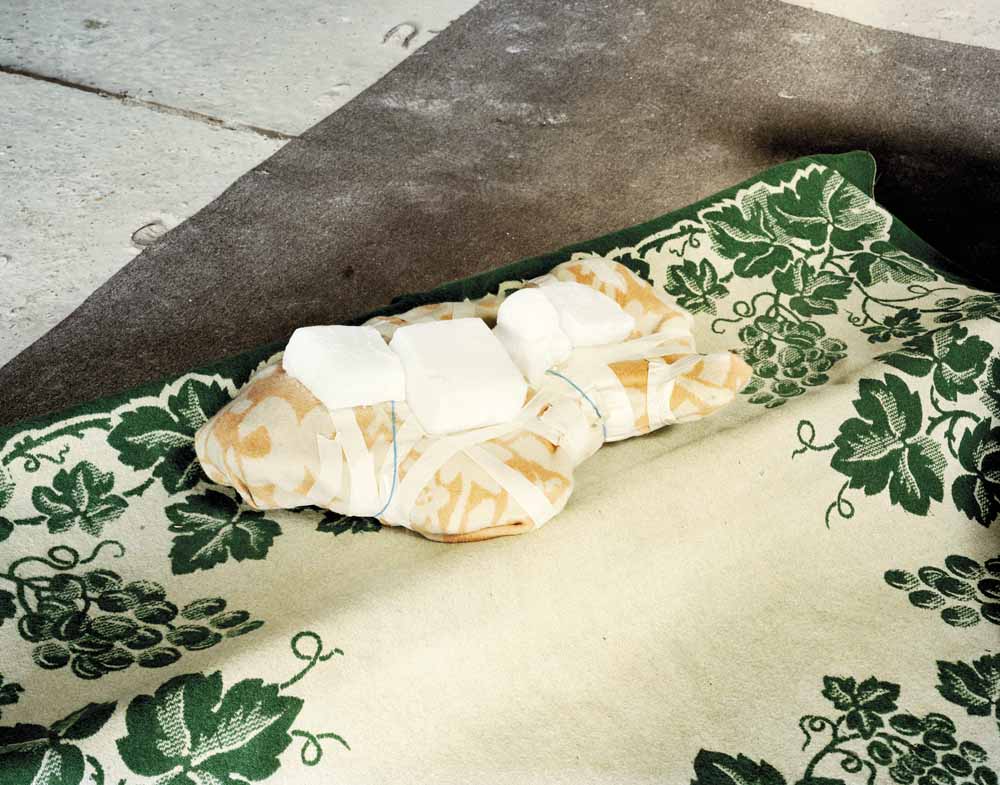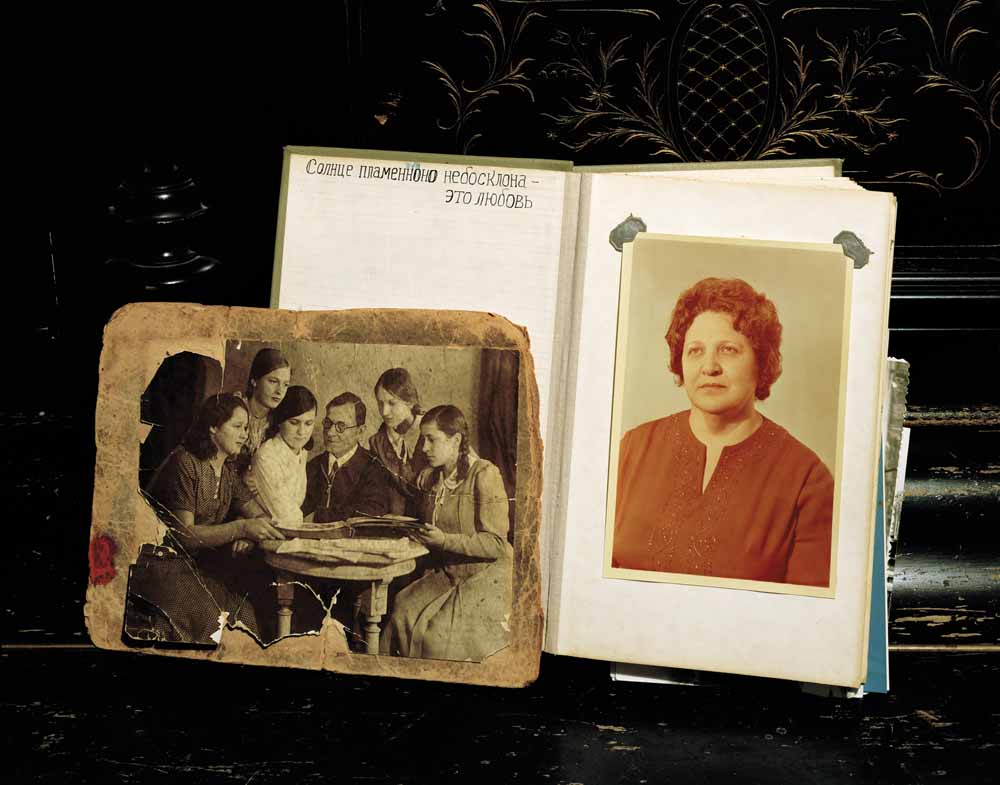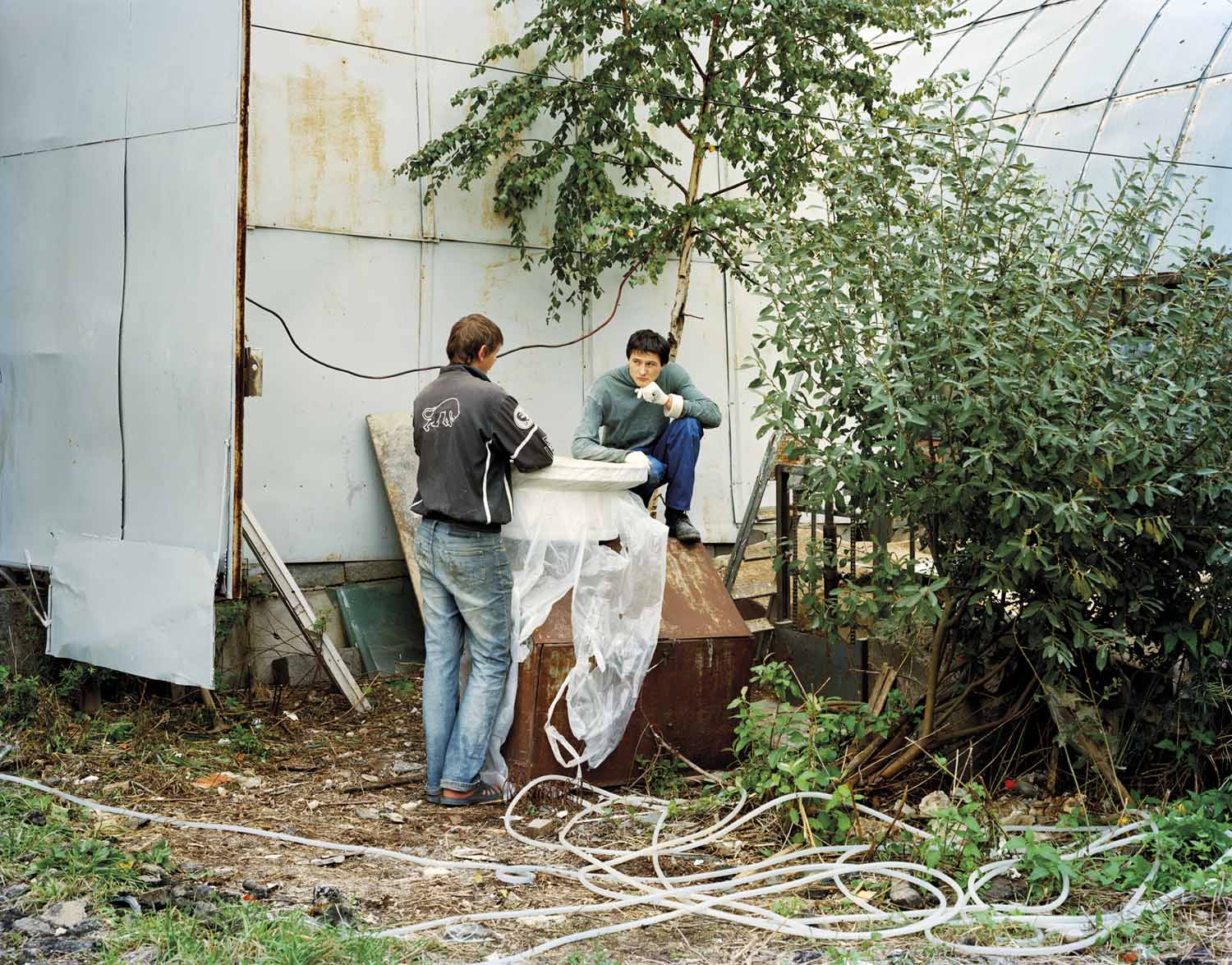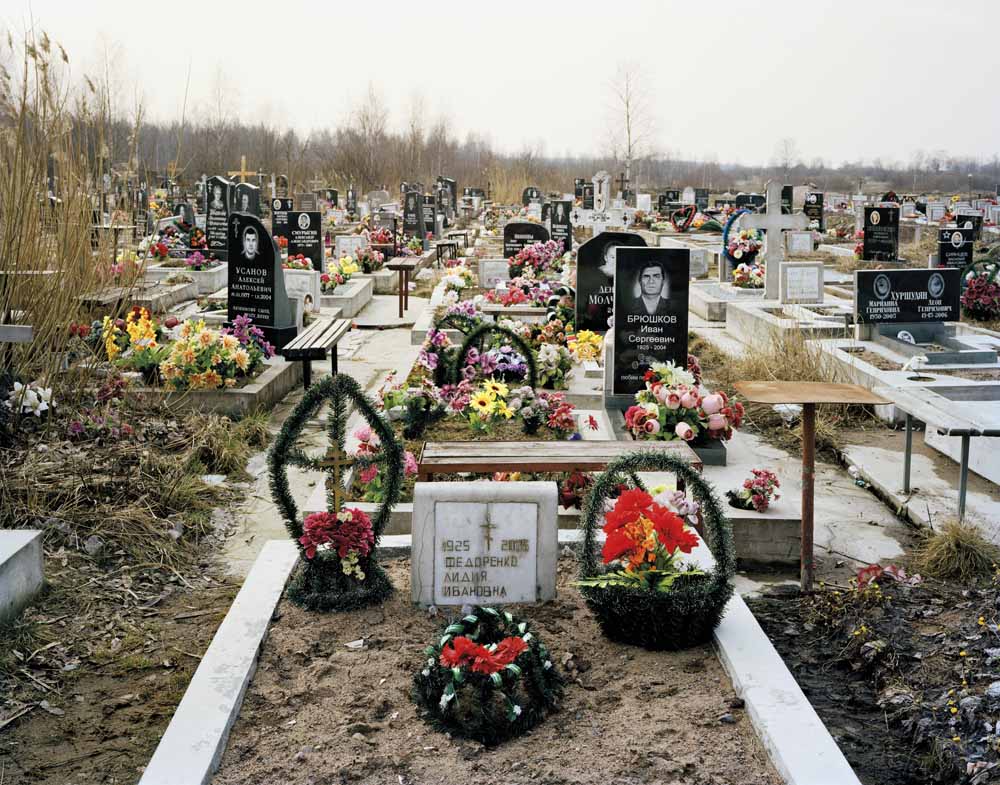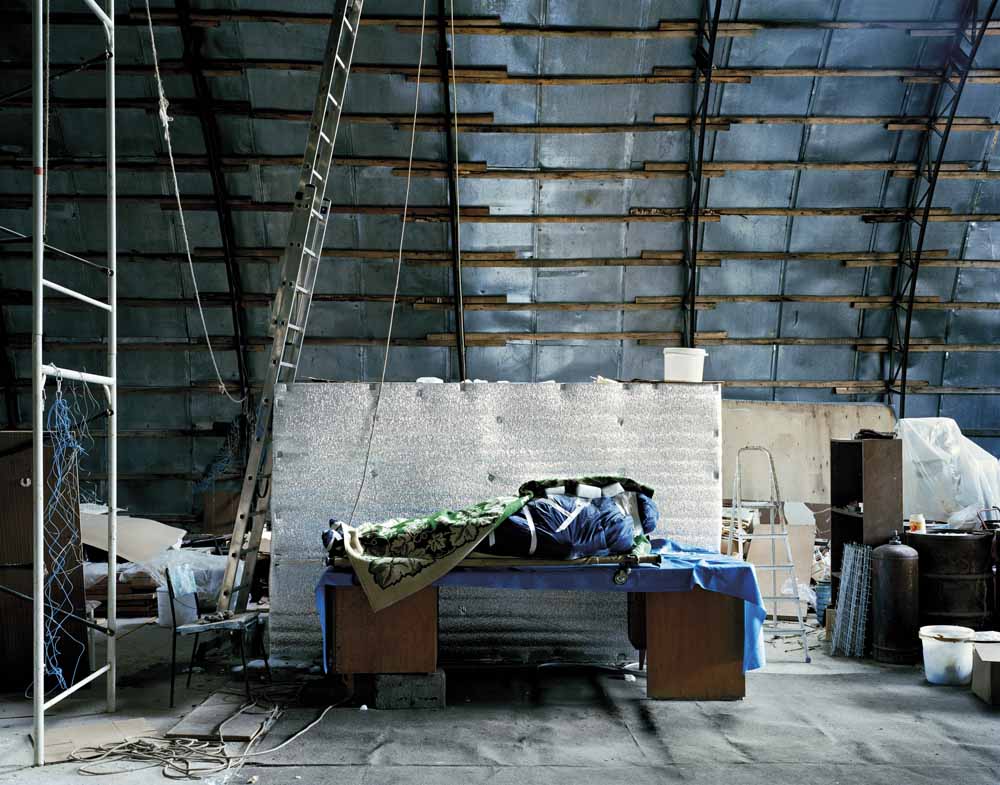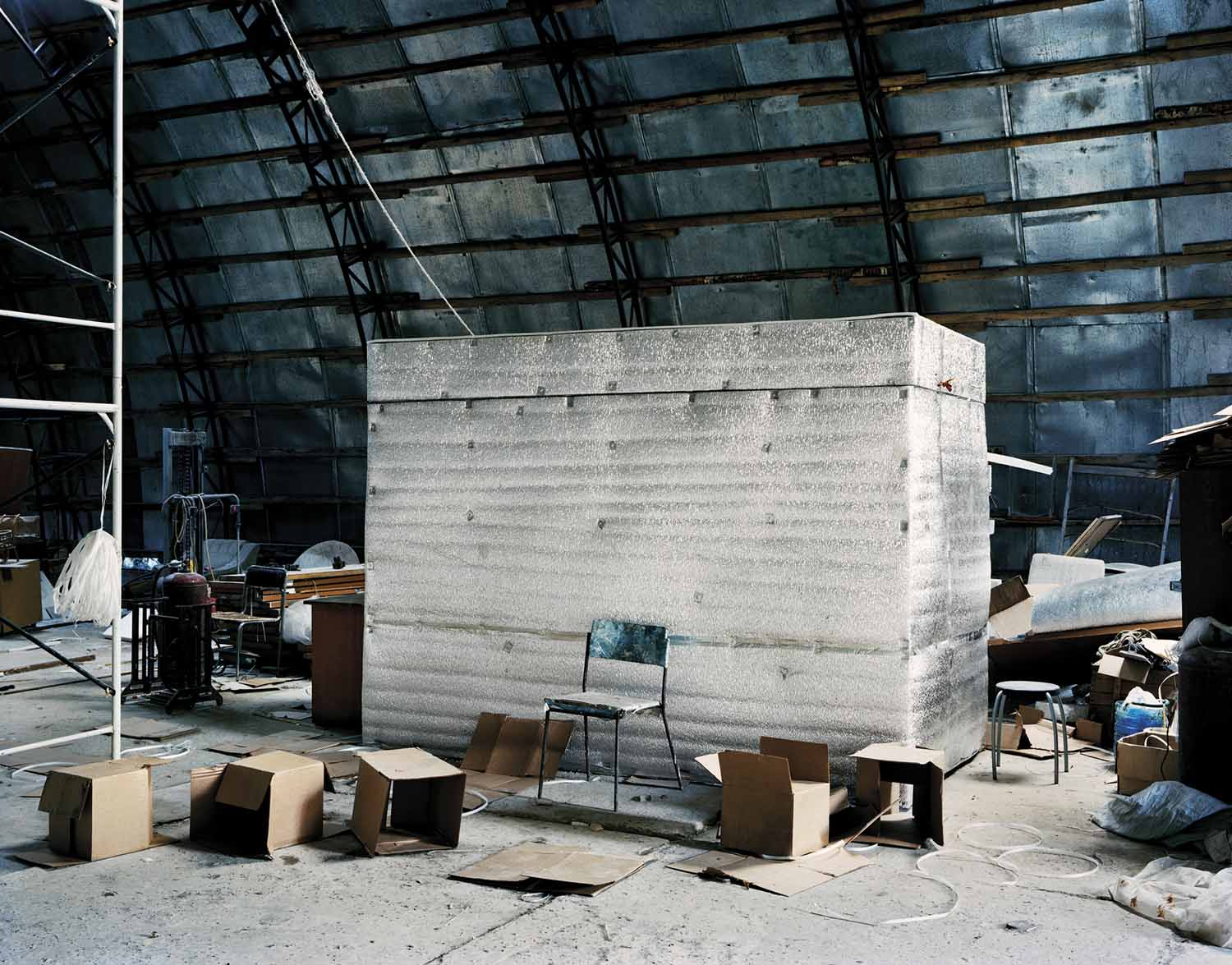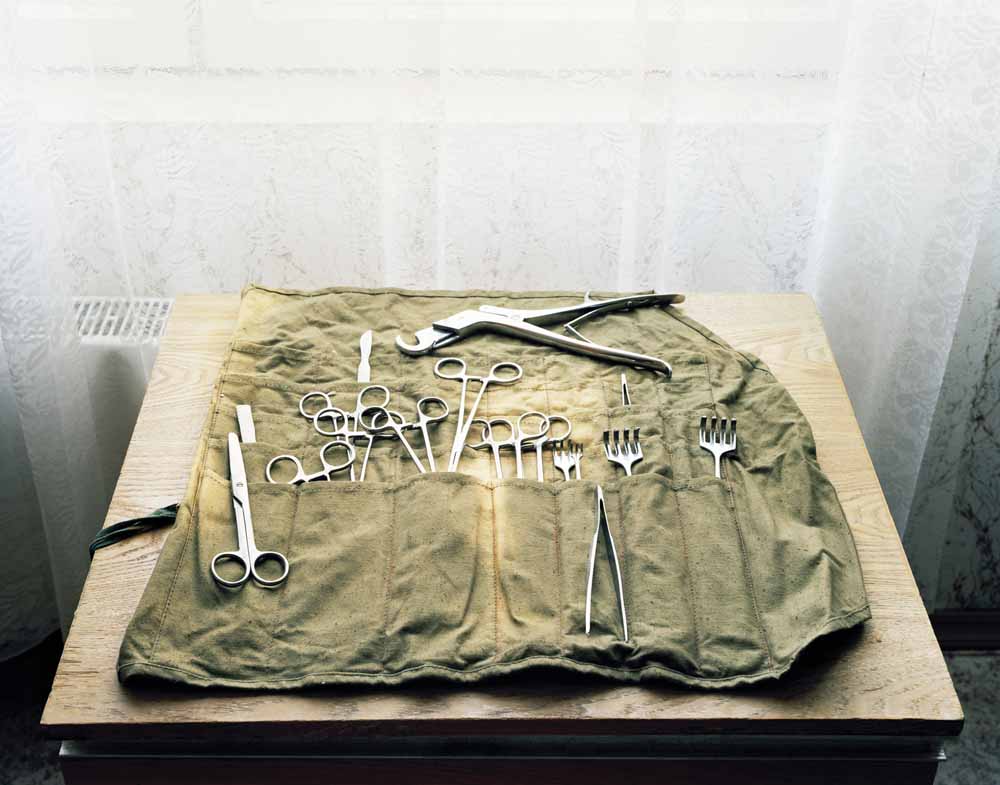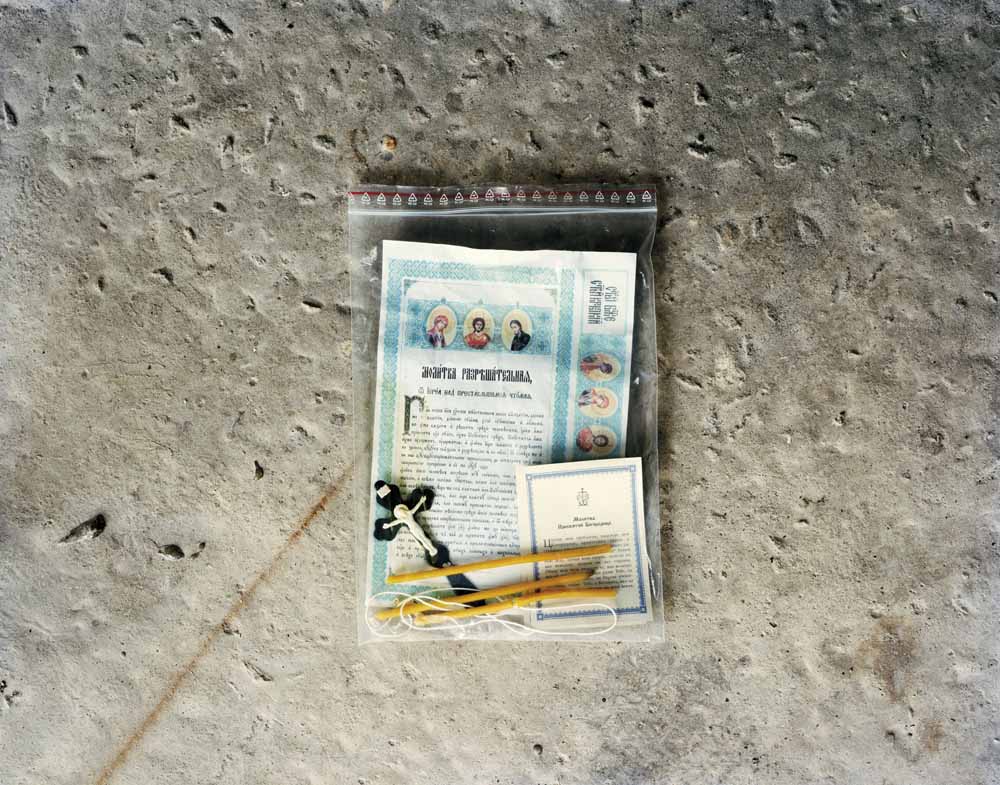Cryonics in Russia: photographing the people seeking eternal life
British photographer Murray Ballard spent a decade meeting cryonics enthusiasts and documenting facilities in the UK, America and Russia. It wasn’t until his first trip to Russia, after which he learned of a sudden family bereavement, that he saw the project in a new light
It sounds too good to be true: in this day and age it’s entirely possible to sign up to a simple procedure that will bring you back to life after you die. The hitch is that there’s no guarantee it will actually work. Cryonics, the process of freezing the dead in liquid nitrogen, in the hope that they will be unfrozen and revived in the future, has actually been around for several decades. The first facility, the Cryonics Institute, was founded in 1976 in Clinton, Michigan, by scientist Robert Ettinger, who had previously hypothesised cryonic hybernation in his 1962 book The Prospect of Immortality. Of the handful of companies in the world that offer the procedure, one is in Russia. British photographer Murray Ballard spent a decade meeting cryonics enthusiasts and documenting facilities in the UK, America and Russia. It wasn’t until after his first trip to Russia, when he learned of a sudden family bereavement, that he saw the project in a new light.
“When that happened, I felt cheated of time. Loss is very painful for people; I was more empathetic with where these people, both patients and relatives, were coming from and the idea of wanting to have more life. It started to seem like something sensible, though I still feel very conflicted about cryonics. The reason I find it so fascinating is because it brings up so many complex conversations about humanity and the future. It’s a more ambitious project than sending human beings to Mars which is something we’re planning for 2030,” explains Ballard, whose series and photo book takes its name from Ettinger’s original book. The photographer is widely interested in the human impact on the environment, and has previously covered genetically modified foods, renewable energy, fracking and conservation. His fascination with cryonics came out of a love for science fiction, films like 2001: A Space Odyssey and Alien, which feature cryopreservation as part of the plot. “I didn’t realise people were doing it for real. There is already a scientific basis for the genetic modification of plants. It was interesting to find a topic that is incomplete, where the consequences are still unknown,” he notes.
At the time of interview, there are approximately 3,000 people signed up for cryopreservation across the world and 250 already preserved. The number has grown threefold since Ballard started the project in 2006. Compared to other technical advances, like the internet, cryonics never exploded in popularity; Ettinger, who died in 2011, had hoped it would someday be as big as personal computing. Public disinterest is down not just to the speculative nature of the experiment but people’s own reservations about implicating technology in their afterlife, especially when the equipment involved is not as flashy as it appears in science fiction. KrioRus, which has its headquarters in Moscow, wasn’t founded until 2005 and its first cryopreservation was carried out a year later, on an ad-hoc basis, as Ballard describes it. “With cutting edge science we expect cutting edge equipment — the kind of imagery we associate with science fiction and space exploration. But because it’s still a small community of scientists and patients, the equipment is fairly rudimentary. It took me a while to understand it but it’s a very simple process involving, for starters, very large freezers. One of the best ways to think about cryonics is by a man called Alan Sinclair, a British cryonicist, who described it as an ambulance to the future.”
The topic of immortality has particular significance in a country like Russia which in its recent history was home to an entire philosophical movement dedicated to overcoming death — Russian cosmism. Nikolai Fedorov was one of Russia’s pioneers of transhumanism, who believed that technology will one day fulfil the Christian idea of resurrection. Dr Danila Medvedev, who appears in Ballard’s project on a segway, was the driving force behind cryonics in Russia. He was the first to translate Ettinger’s The Prospect of Immortality into his native language. His first patient was actually meant to be sent to America but through some financial difficulty and lack of time, was cryopreserved in a former school just outside of Moscow. This was how the facility first came about. “She was a neuoropatient,” Ballard adds, which means that only her brain was preserved. Her body was buried in a cemetery outside of St Petersburg. Whilst in Russia, the photographer witnessed patients transferred in sleeping bags from their temporary containers to their new cryostats. Talking about the experience, he says: “It’s pretty incredible to witness these personal moments with a daughter or husband of a cryonics patient. It’s difficult to explain what that’s like, especially as a photographer when my own view is filtered by the need to make a picture out of it.”
The most visceral experience during his time shooting in Russia actually took place outside of the cryonics centre. “The Russian cryonists took me to a local morgue where they had perfused a previous patient. That was in April when the snow was melting and during this time there are many bodies found of people who die in the cold. I walked through a room of about 15 unidentified bodies in various states of decay. That was pretty eerie and something I wasn’t prepared for. That’s very different to the experience of cryopreservation. It’s not the most sophisticated environment but there’s so much care involved. It’s done out of love. It was absolutely what someone like Lyudmila, who was a neuroscientist by profession and one of the patients I witnessed being transferred to the new cryostat on my third visit, had wanted.”
One of the things Dr Medvedev had talked about over the time the photographer spent in Russia was whether cryonics needs to develop a ceremony or process akin to a funeral. There is currently no formal service involved. The photo book is devoted not only to the strange and ambitious experiment but acts as a kind of commemoration of the people involved through a more common type of preservation — photography.
Image: Murray Ballard
Text: Liza Premiyak
